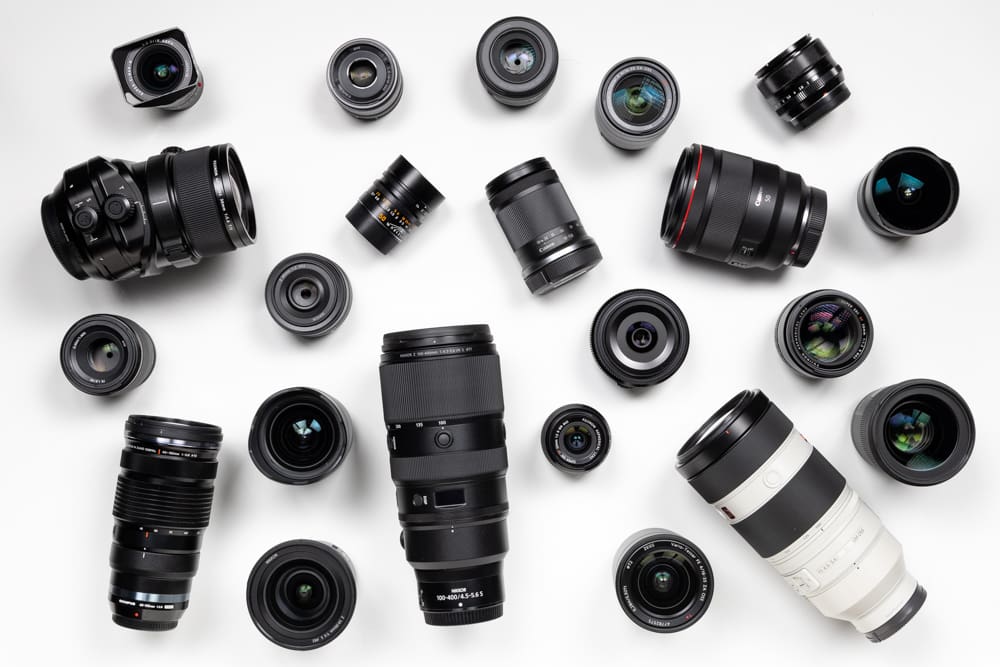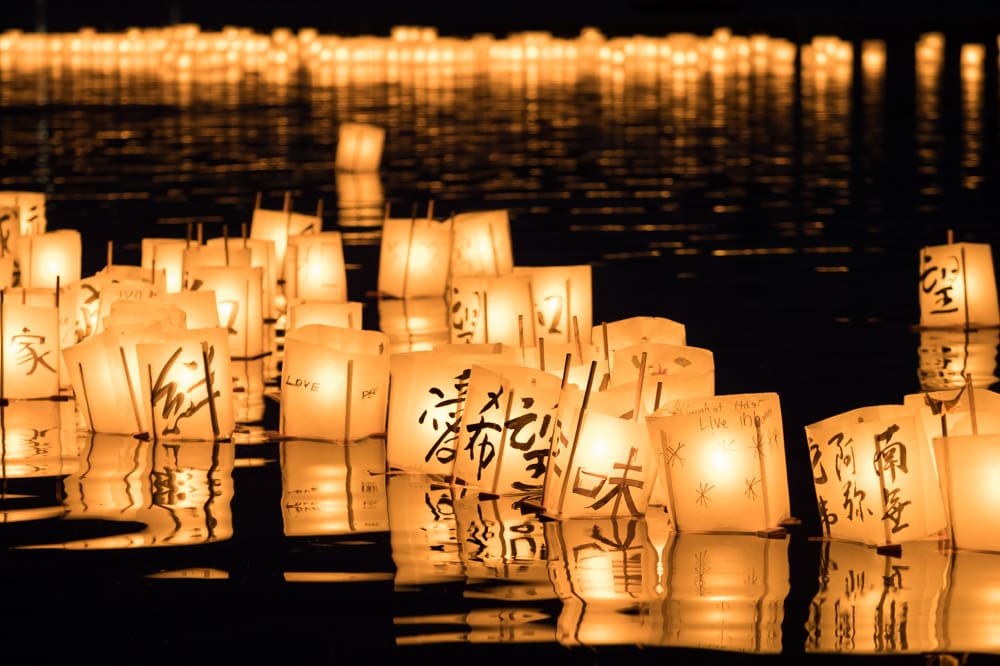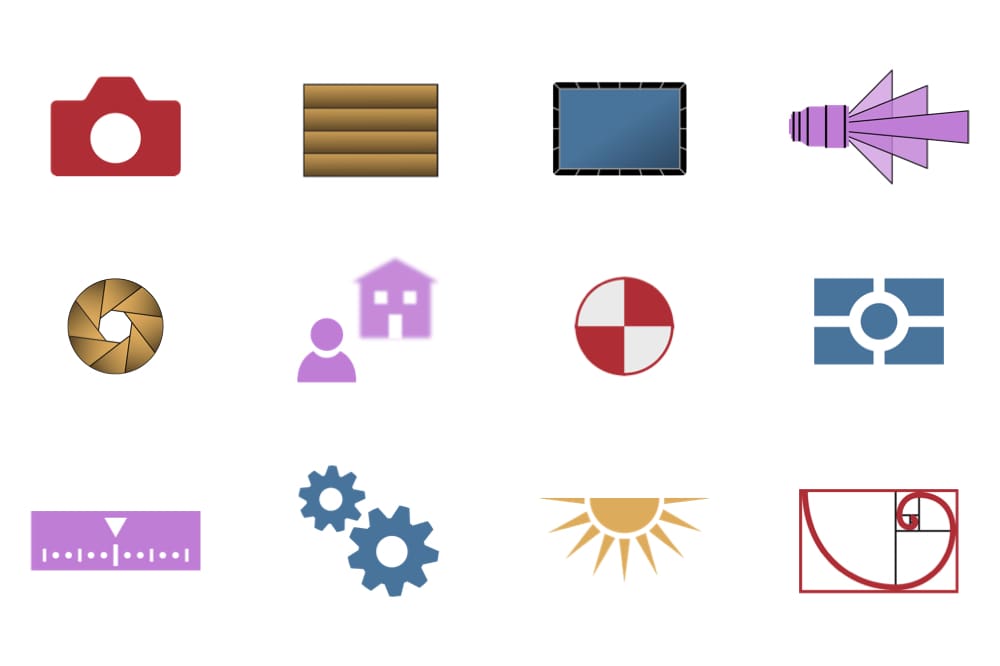A primary reason why so many photographers choose a camera with interchangeable lenses is because it offers so many options on how an image can be captured. Each focal length, and each aperture, lends itself to a slightly different style and type of photograph. The range of available options is not unlike the range of keys on a piano.
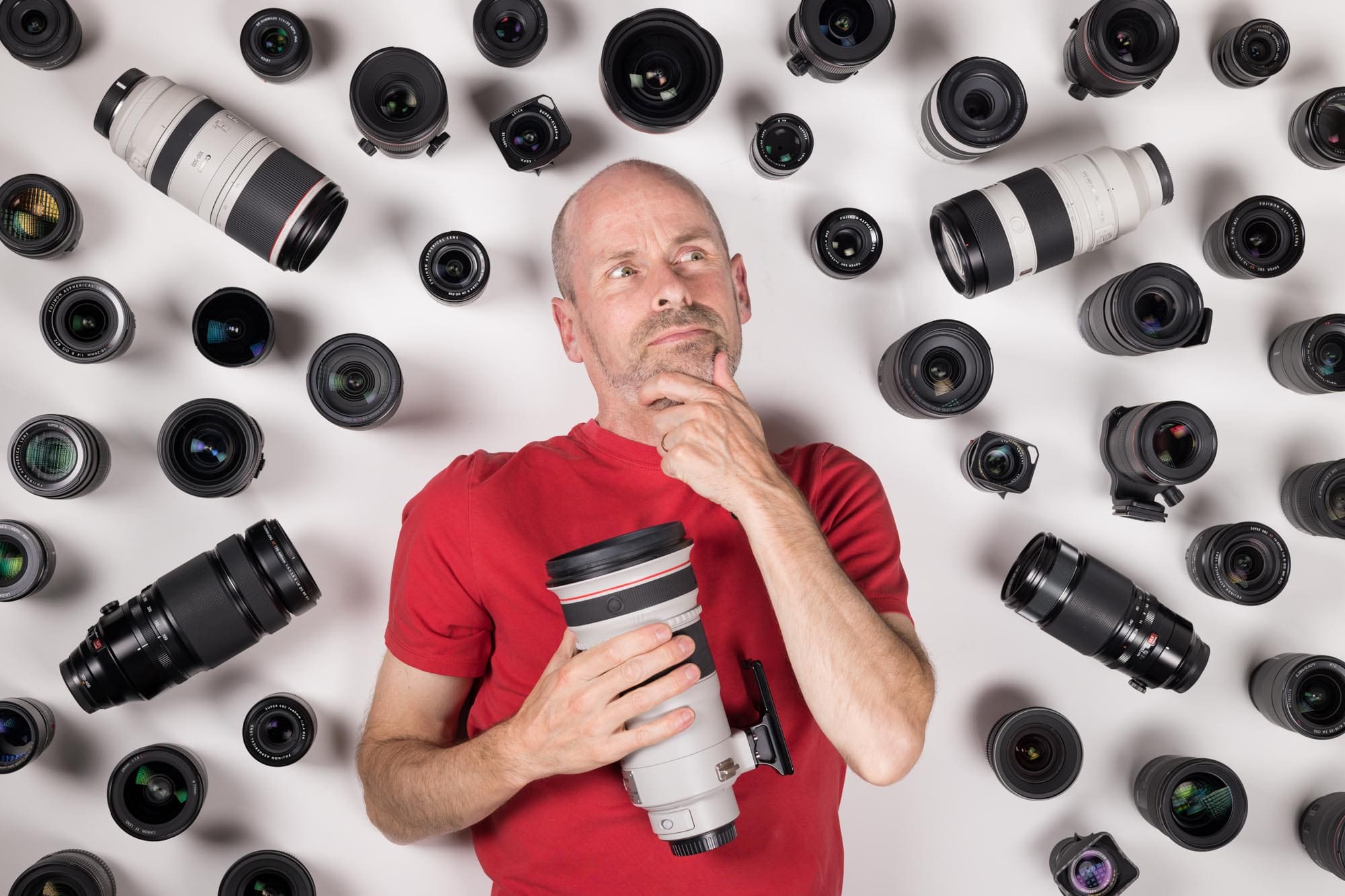
Having a wide range of options allows you to work with a wide variety of subjects, and to capture images in a manner that fits your style. The range of tools that you need will greatly depend on what you prioritize. Photography, being a creative endeavor, leads most photographers to desire a certain range of options to fit their typical needs.
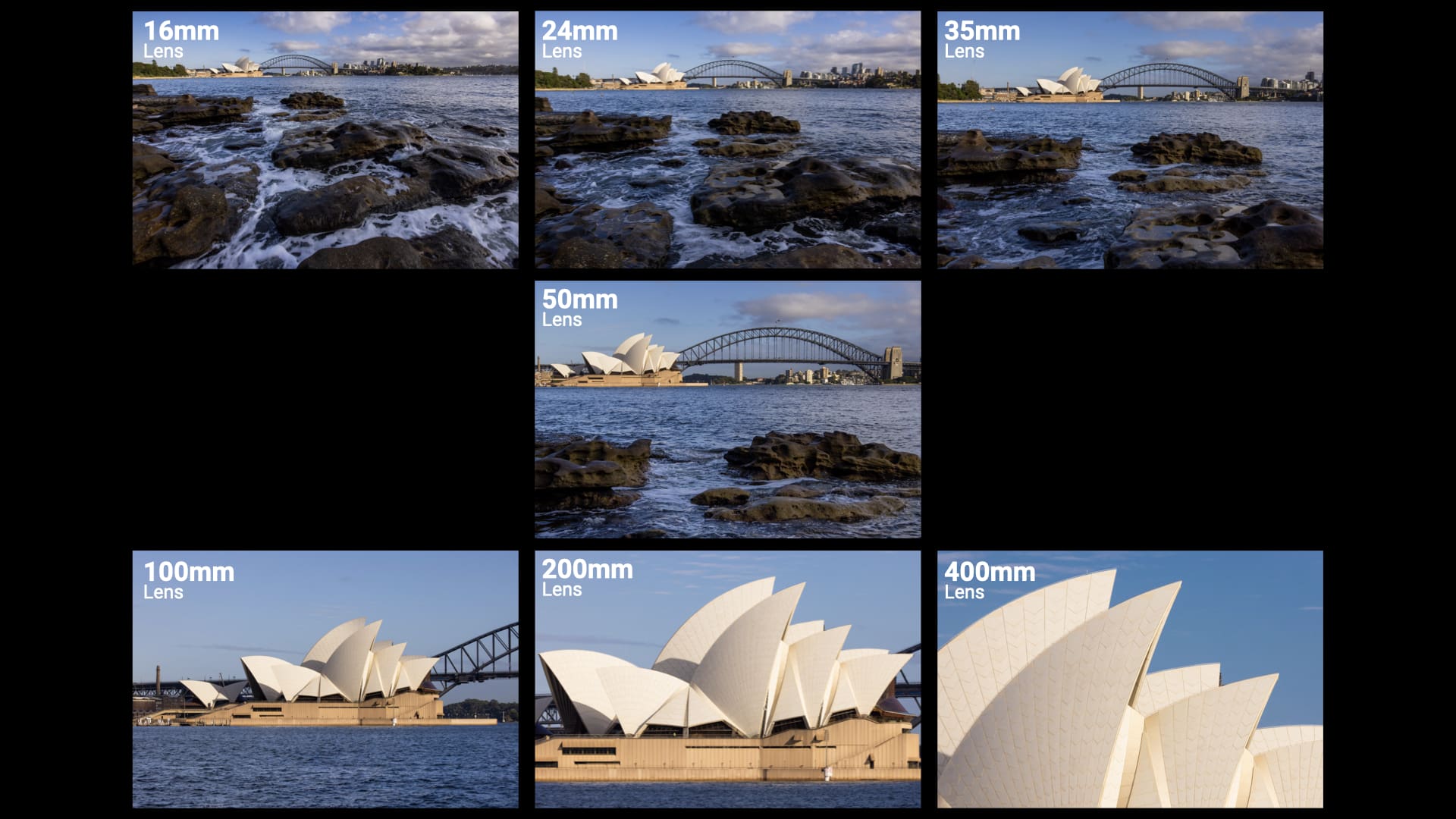
Variety is the spice
I’ve met a lot of photographers in my time. Between classes, photo tours, and meetings in the field I’ve come to meet many hundreds of photographers. To the best of my knowledge I’ve not met two individuals that carried the same combination of cameras and lenses. A moderate number of brands and systems, multiplied by the many available lenses turns into a mind-numbing number of system options.
This actually works out quite well; for your distinct personality, style, and interest, you can choose a collection of tools that are quite possibly one-of-a-kind. I’m quite sure there isn’t anyone on this planet that has my exact collection of lenses. Of course I’m not a good example as I’m a bit of a lens hoarder. Does anyone else want to lay claim to also owning a Canon EF 50mm f/1.8, Canon RF 50mm f/1.8, Sigma 50mm f/1.4, Sony EF 50mm f/1.8 and a Leica M 50mm f1/4? And that just my 50mm lenses.
I have a lot of lenses, but that’s partly because it’s my job. At least that’s what I tell my wife, family, and friends, and it seems to work, so let’s just let that ride for as long as we can. I also like lenses because they offer me a different way to travel and capture images in the way that I desire.
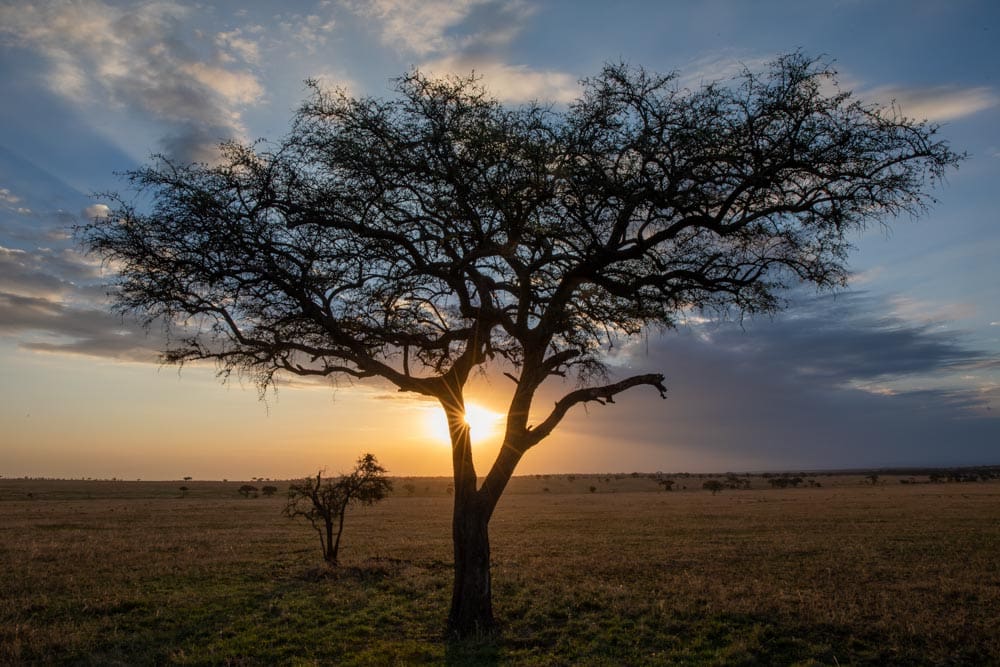
Sometimes I want to travel light and fast, and a 70-200mm f/4 is the perfect telephoto to do that. Other times I’m working in a big environment and have small or distant subjects that I want to capture, like in Mongolia, where a 100-400mm is a better fit. I could settle down to a much smaller collection of lenses if I could just narrow down what and how I shoot.
Building your collection
Most photographers start their photography with a basic zoom lens, sometimes adding a telephoto right at the initial purchase. What to get next depends on knowing what you’ll be trying to capture, knowledge of the options, and of course – the cost.
As we get a better feel for what we are doing we start looking around and educating ourselves about other options that might make our images better or easier to get. There’s a lot of lens options out there, and they’re constantly changing, so it’s only natural to want to stay informed on the available options.
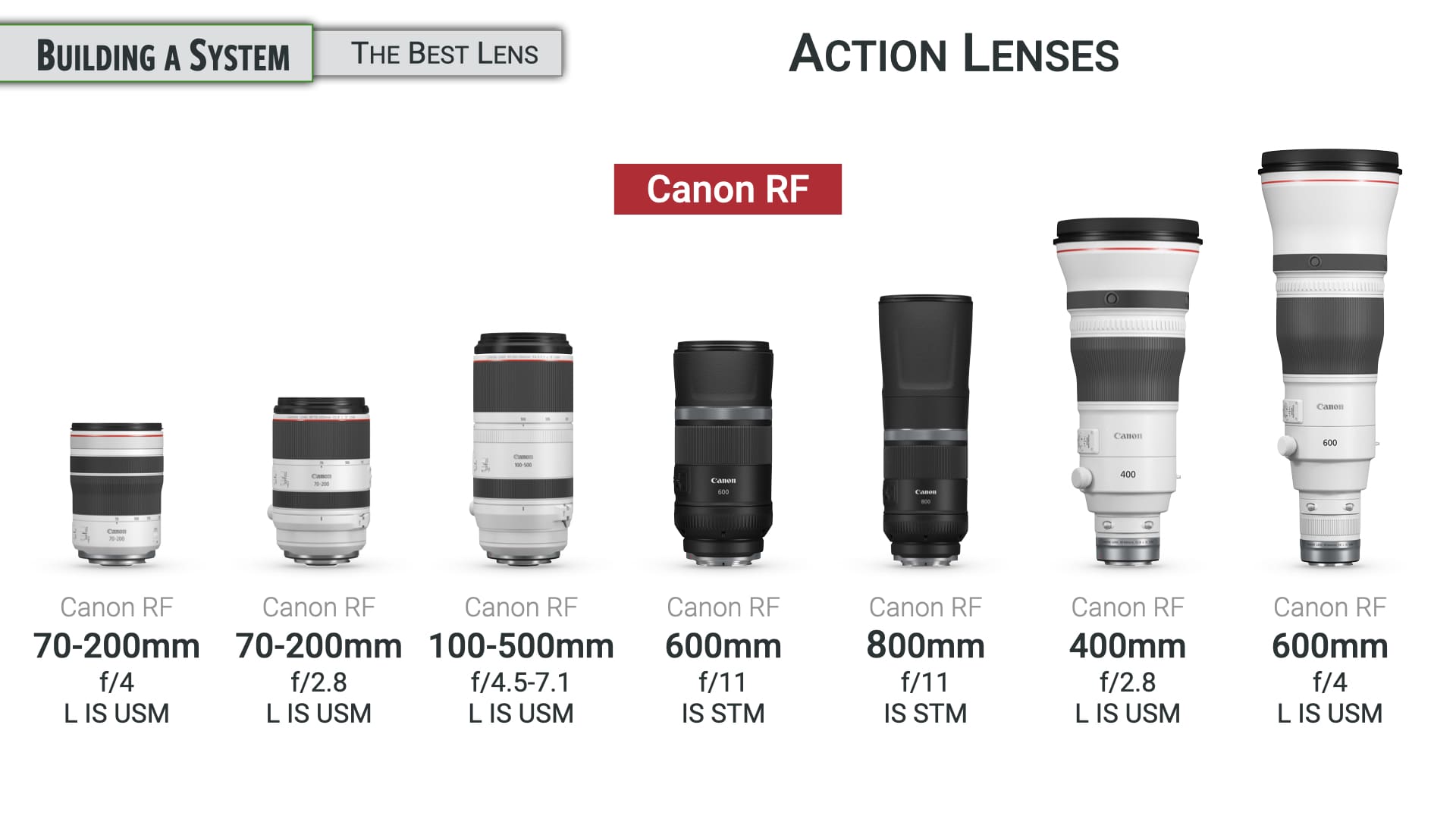
The bonus lens
The right combination of lenses will be different for everyone, but often it involves a couple of zooms to cover the basics in the 24-200mm range (for full-frame cameras). Add to that maybe a prime or two, depending on a specific interests, like a 35mm for street photography, a 24mm f/1.4 for astro, or an 85mm for portraits.
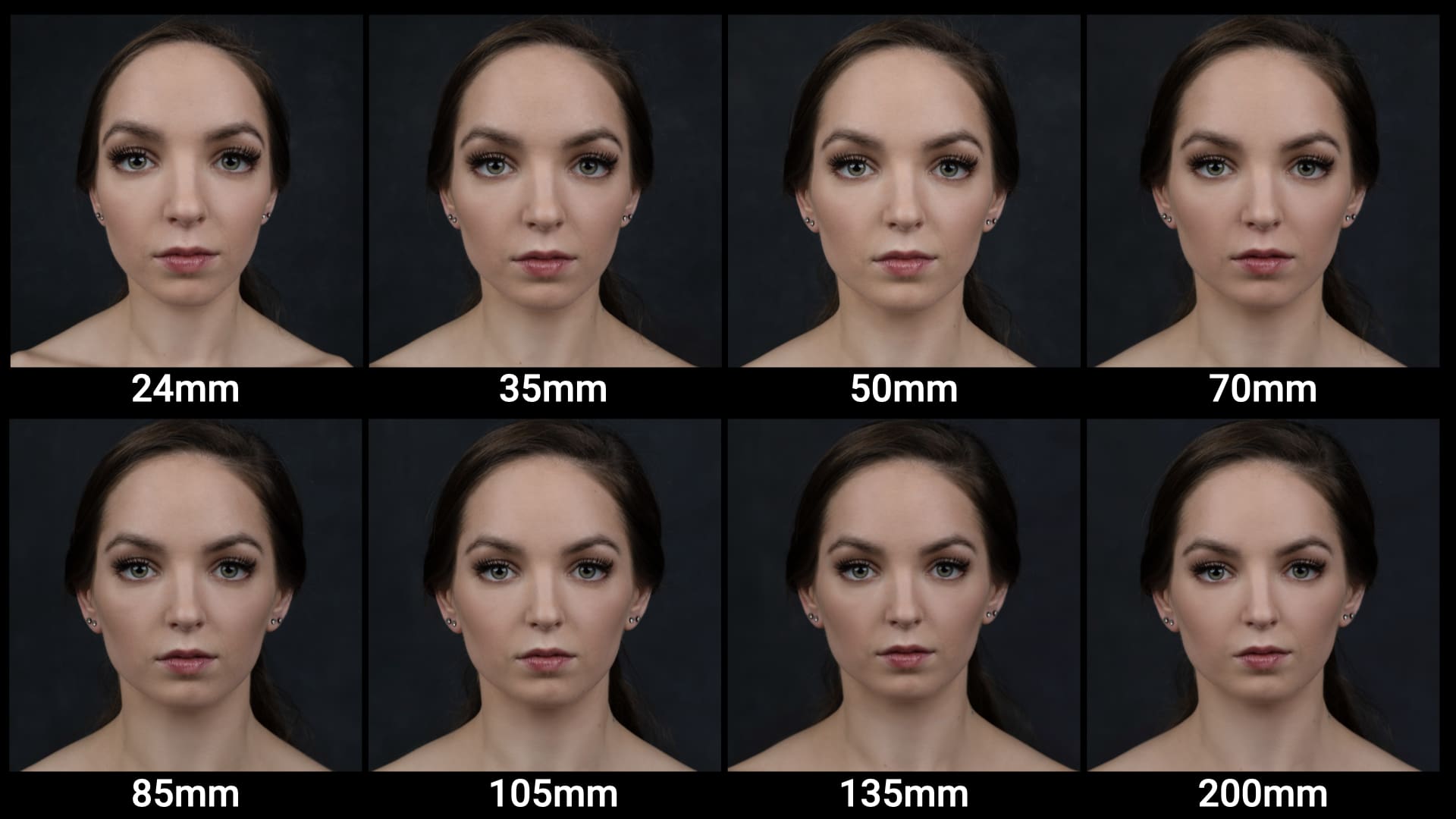
Once you have your basic needs covered it’s time to start thinking about a bonus lens. This is the lens that you have no hope of justifying that you need. It’s just something that you’d like to have when you want to break away from the main stream. There are a lot of options when it comes to bonus lenses; by far my favorite are ones that aren’t too big, so that they can easily be added to the bag. Lenses that make for good bonus lenses are macros, ultra-wides, fisheyes or most anything made by Lensbaby. It can be as simple as a 50mm f/1.8 or as practical as an 85mm f/1.8.
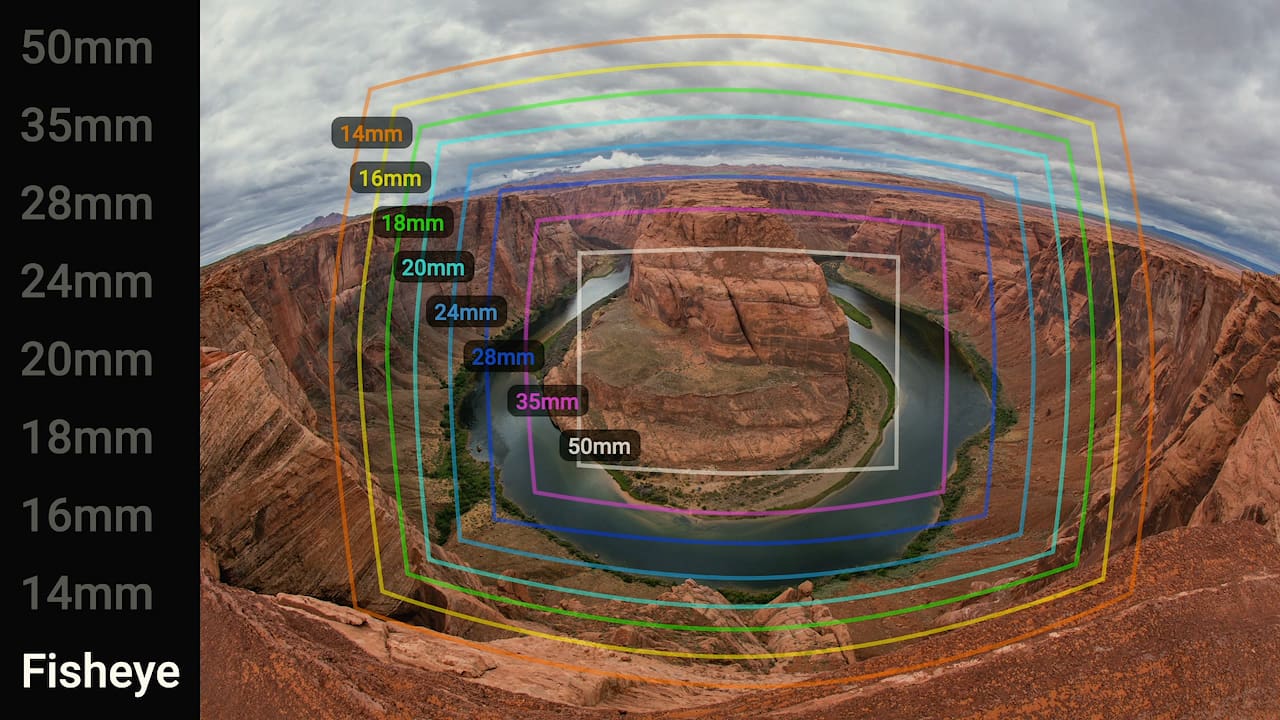
My favorite bonus lens, traditionally, has been the 24mm tilt-shift, although the 50mm tilt-shift has been making more and more outings as of late. Tilt Shift photography has been an interest of mine for more than a decade. I certainly don’t “need” it for most of my work, but boy-oh-boy do I like working with it.
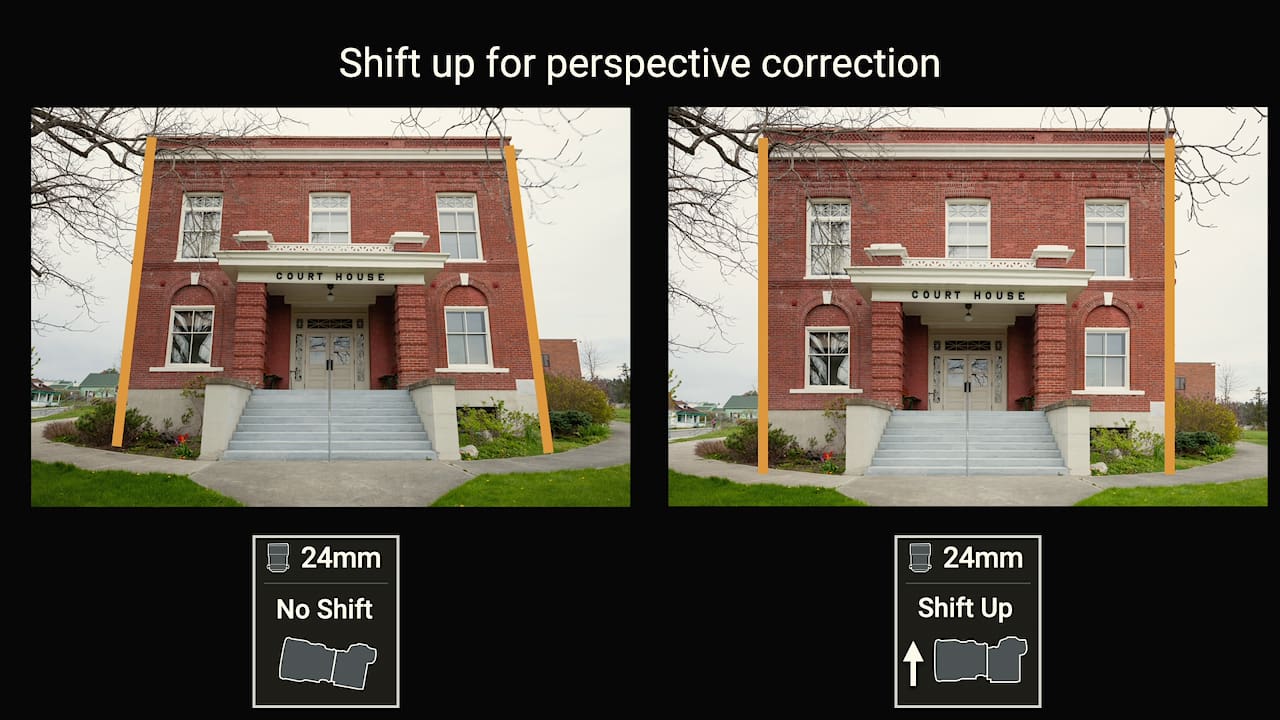
The tilt-shift, like any bonus lens, expands your horizon and opens you up to new possibilities. When pursuing a creative endeavor it helps to work with creative tools. Now, tilt-shift is a bit more complicated than your typical lens, and I’ll not go into it again here; I’ve already said quite a bit about it and created a class (Tilt Shift Photography: The Complete Guide) that was a project 10 years in the making. If you want to learn everything I know about the subject take the class; if I’ve peaked your interest, watch the free section to get a taste of what it’s all about.
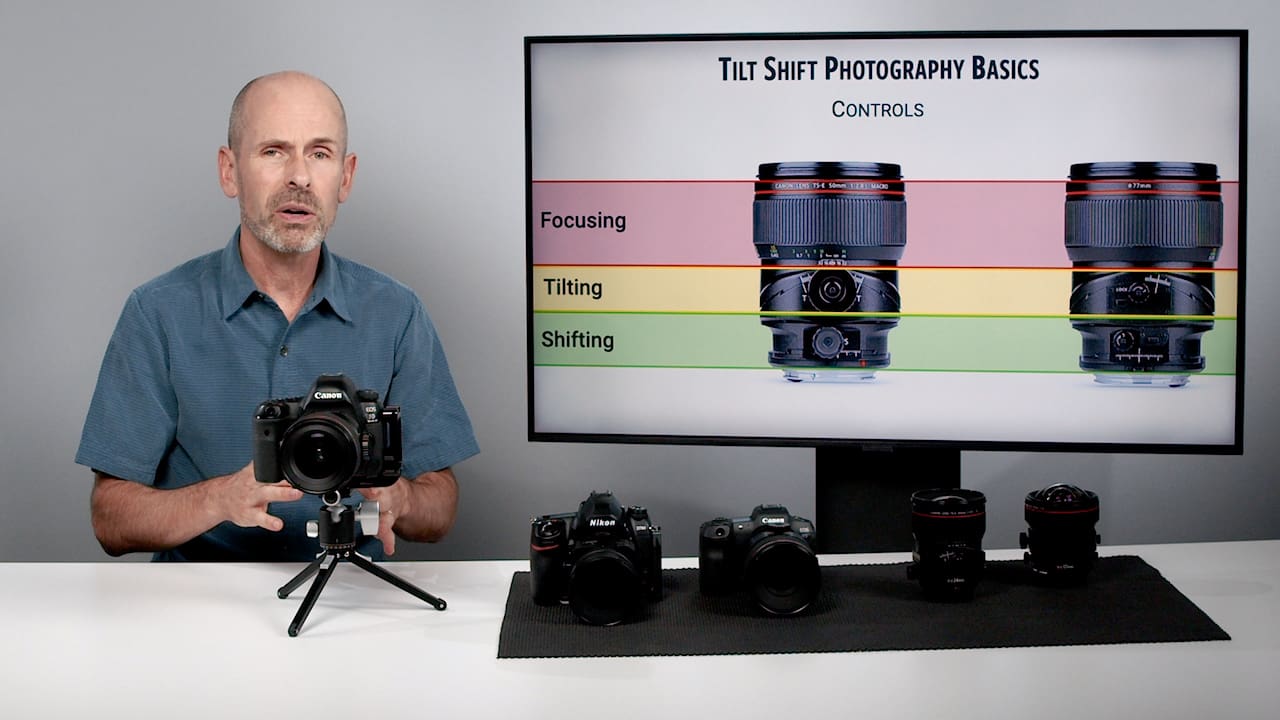
The point is, it’s not the specific lens you choose as a bonus, it’s how that lens changes your view of how you see. I’m not advocating spending your hard earned money on some strange lens that you will never use. I’m encouraging you to explore your interests and follow your passion.
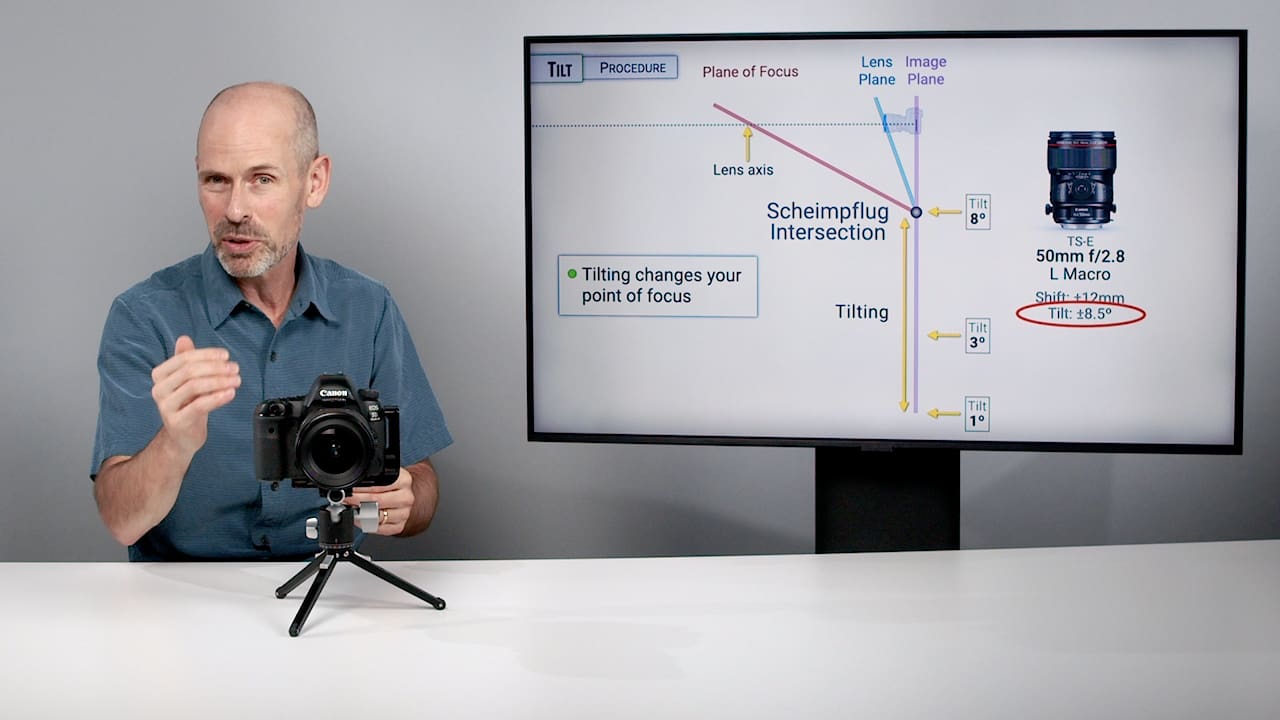
To add a bonus lens with a minimum of economic impact you may want to consider the used market. Having bought and sold many items on the used market (Ebay, Craigslist, and the camera stores) I can verify that there are legitimate reasons that people sell perfectly good working lenses. Navigating the used market is perhaps best saved for another article but in short I’ll say that if it looks clean and it’s well taken care of, is free from dust and scratches, and works on your camera to deliver sharp images – it’s probably fine.
A reasonable plan might be to purchase a used or older version of your dream bonus lens, give it a good test for a year or so, and then resell it on the used market. After some quality time with the lens you’ll know if it’s worthwhile to upgrade to your perfect choice, or to let it go as an experiment that you learned from.
Lens Essentials
My latest class “Lens Essentials” takes a broad look at the world of lenses to help every photographer understand the lens options available today. I look at many of the top camera systems (Canon RF, Nikon Z, Sony E, Fujifilm X, and OM System) for specific examples of great lens choices.
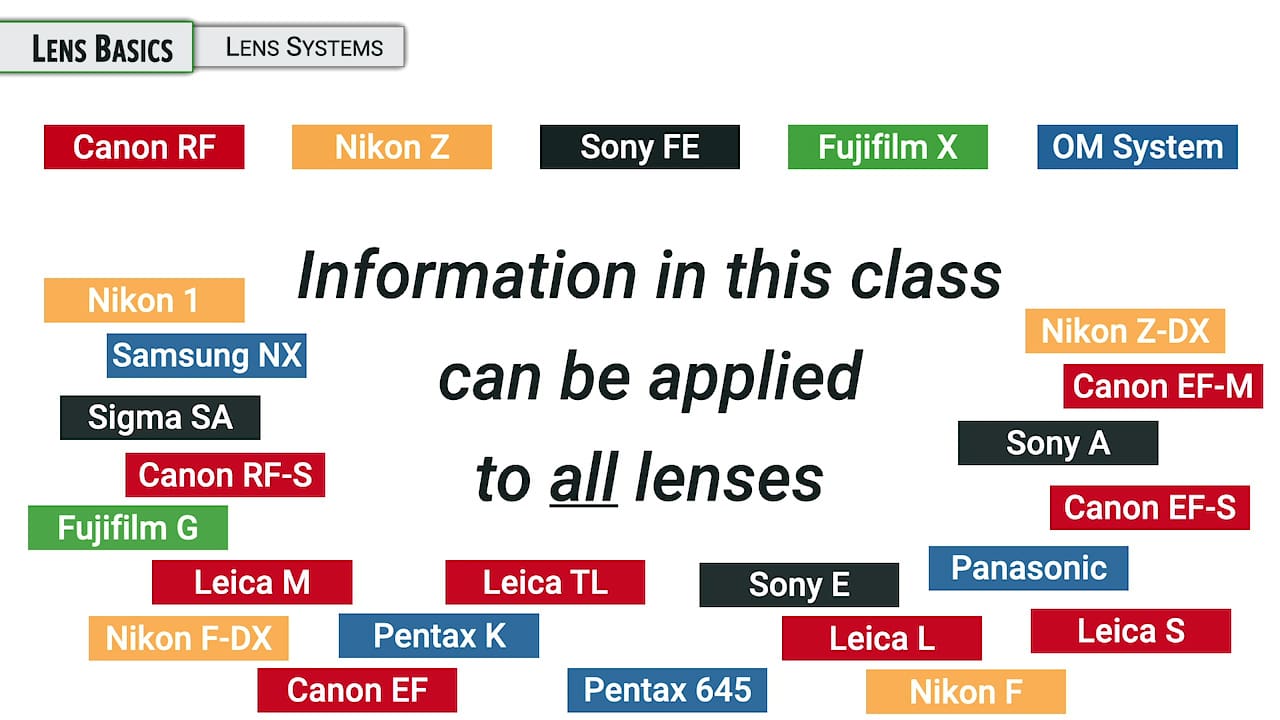
Making a good choice in a lens will come from knowledge in what the available options are and what the specific lenses can and cannot do for you. This Lens Essentials class will take photographers through the complete story of lens systems and compatibility, through the focal length options, and around the numerous bits of technology built into a modern lens.
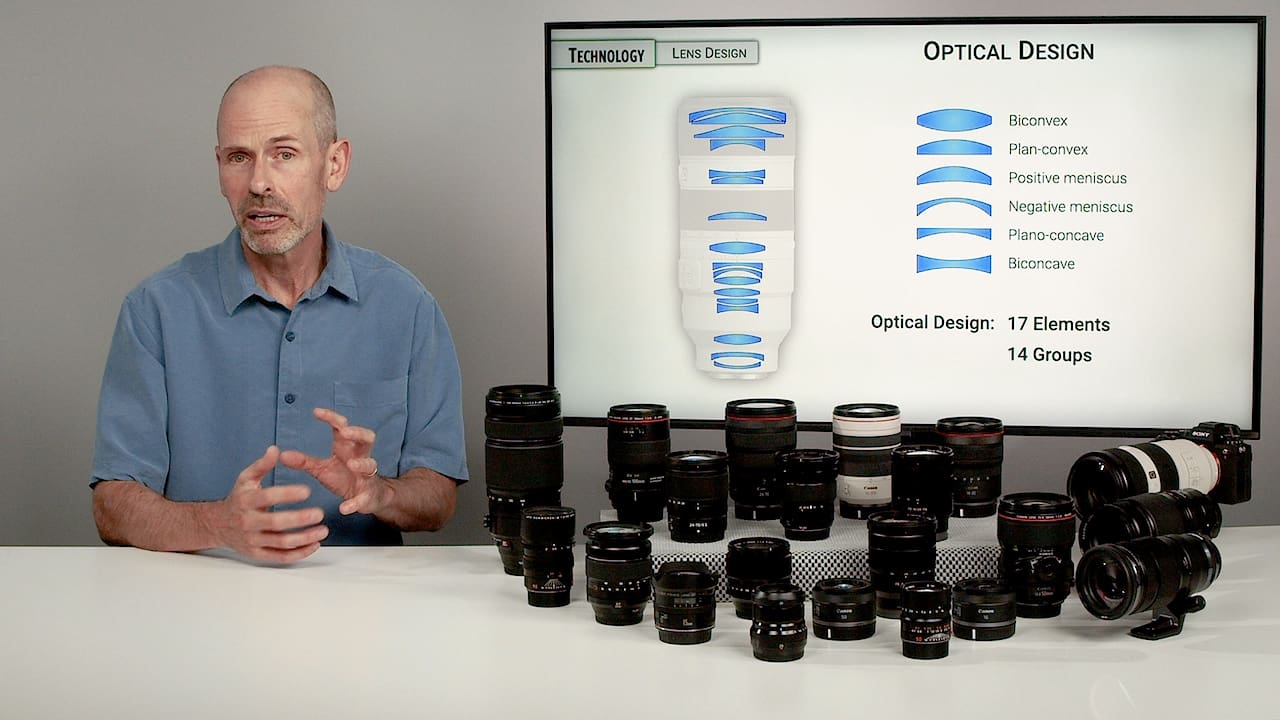
I’ll walk you through the popular categories of lenses and explain who they are for and how to get the most out of them. There’s a lot of advice on how to find the right lens to meet your needs, along with a great overview of the market at large.
Dawn of a new age in lenses
Discussing lenses is easily one of my favorite topics, there’s just so much to talk about. Lenses have always been interesting but, here at the relative dawn of the mirrorless age there are a lot of new developments to discuss. Canon and Nikon, both with somewhat new mirrorless systems, are quickly building their mirrorless lens collection.
All the manufacturers have to strike a balance between developing lenses that meet the needs of the masses, along with bringing forth a lens that excites the photography community and inspires their design and manufacturing team.
The halo lenses are fantastic lenses that hardly anyone owns, but everyone likes to talk about. Lenses like the Nikon 58mm f/0.95, or the Canon 28-70mm f/2, Fujifilm’s 50mm f/1.0, and Olympus’s 150-400mm f/4.5 are all unique in their own way. As much as I admire Sony, I can’t say that they brought out a truly unique statement lens; maybe the 135mm f/1.8. Perhaps you can let me know what you think Sony’s “statement” lens is?
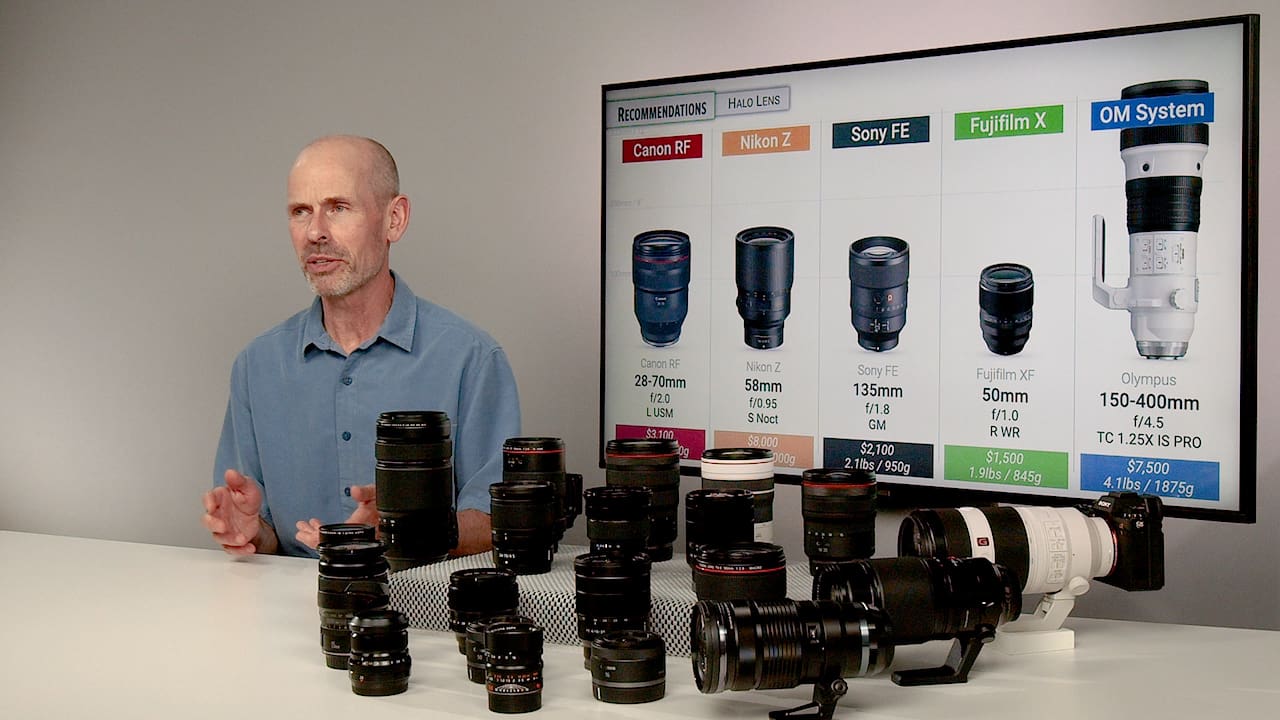
The perfect kit
At some point we learn about lens options and start to day-dream about our theoretical perfect kit; a collection of lenses that fits our specific needs. For some lucky ones out there, they are just one lens away from perfection. For others the dream entails replacing everything currently in the camera bag; a full upgrade from top to bottom.
I’ve pursued that perfect kit, on more than one occasion. I’ve followed that path all the way to its end, only to find that the path continues onward, sometimes in a surprising direction. There is always another lens that might take you down a new path of discovery.
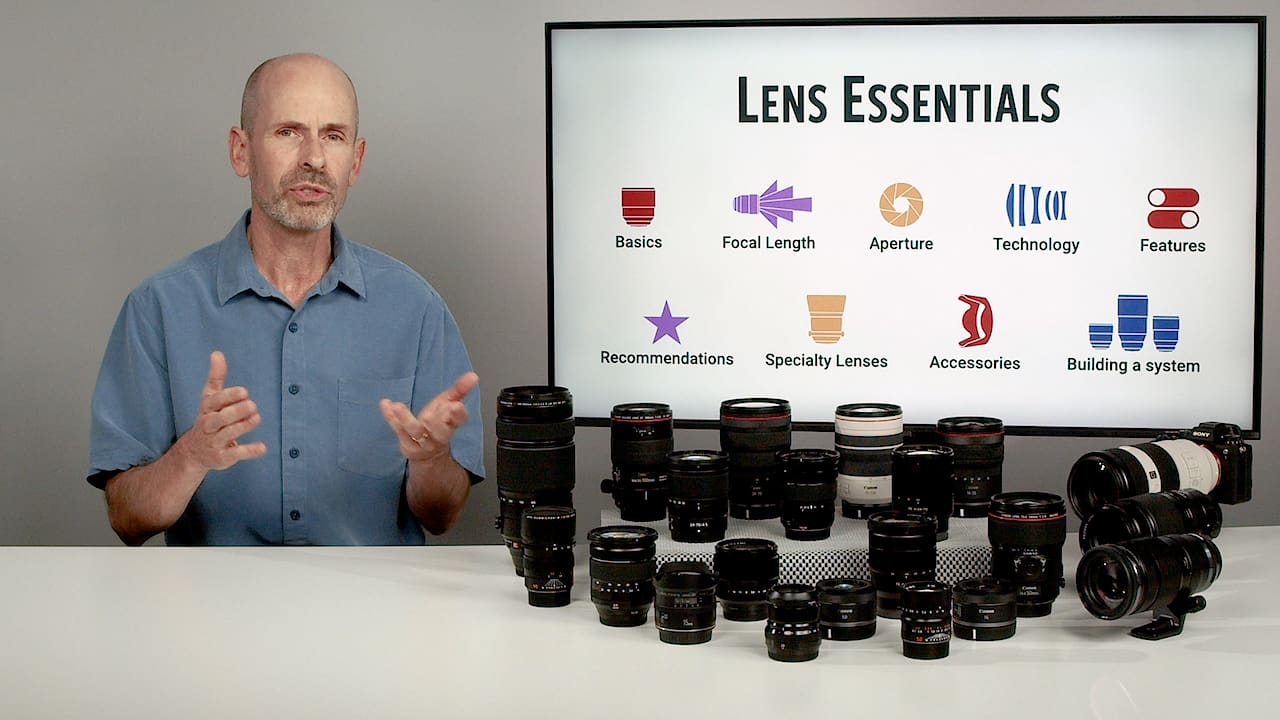
Your selection of lenses is your tool kit, it should fit your needs and inspire your creativity. Knowledge will help you make the right choice in what lens to purchase and which lens to use. Knowledge of the options will help you make smart decisions and save you time and money in the long run. Join me for a tour through the world of lenses; I’ve got a lot to show you in Lens Essentials.
Become part of John’s inner circle
Sign up for the newsletter here – it’s free.
Want to become a better photographer?
Check out John’s selection of photography and camera classes here.
